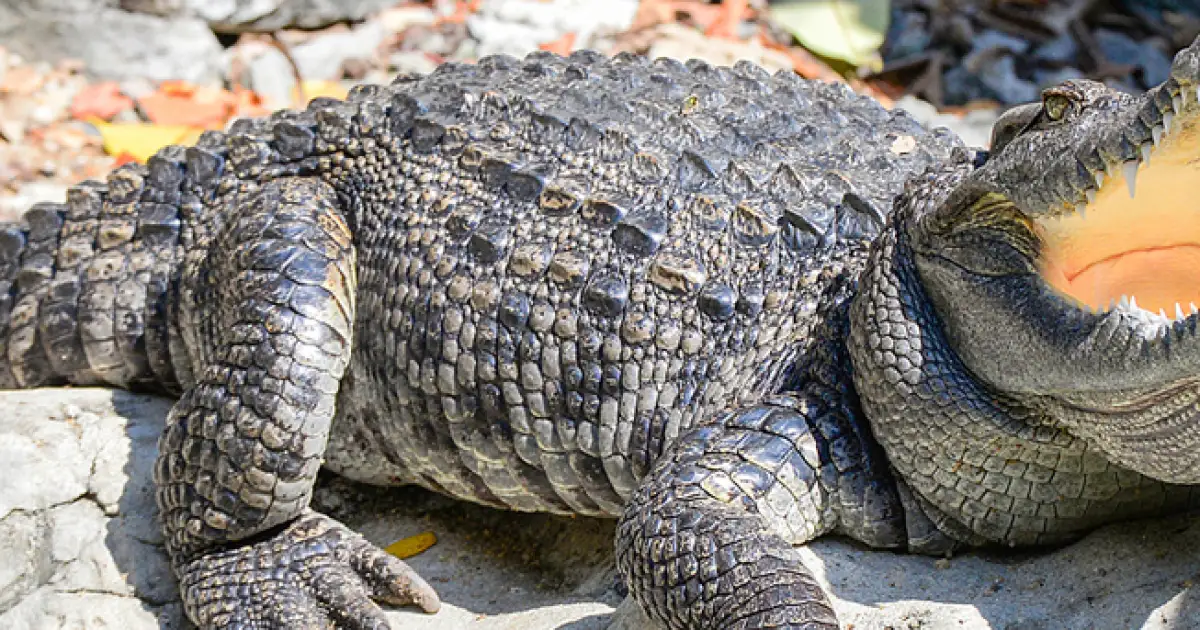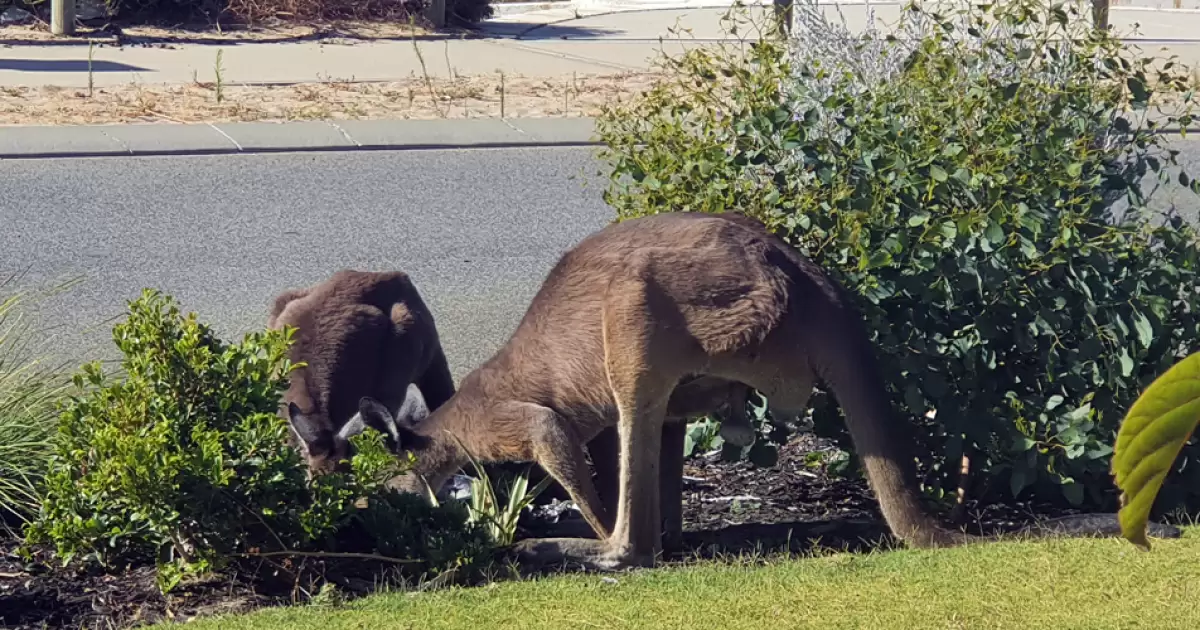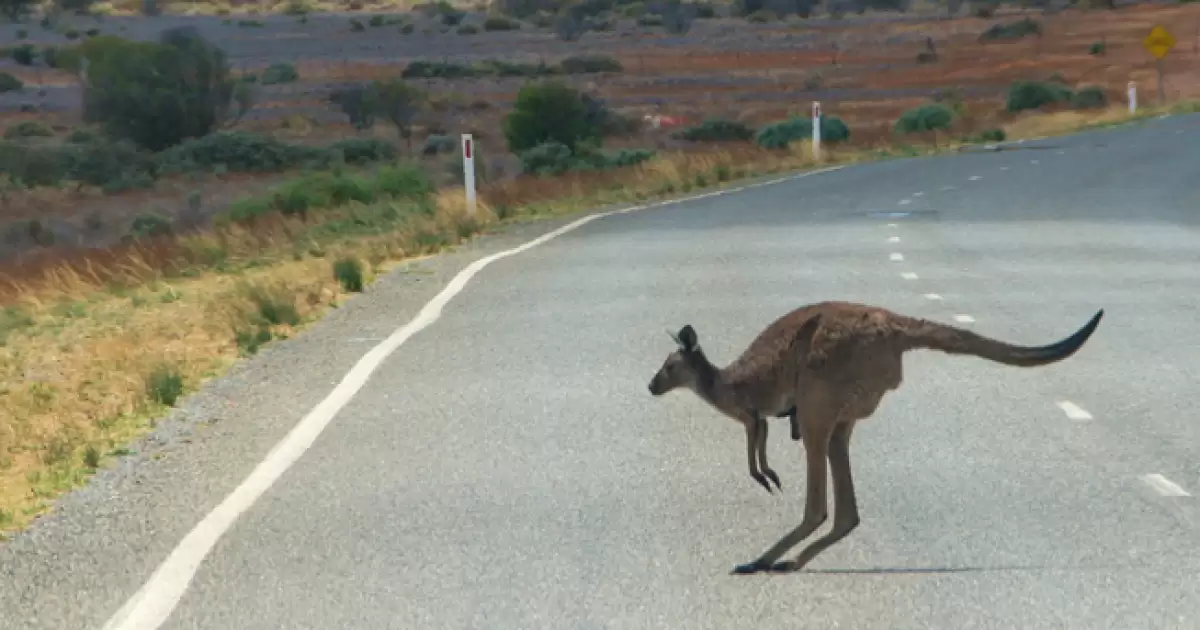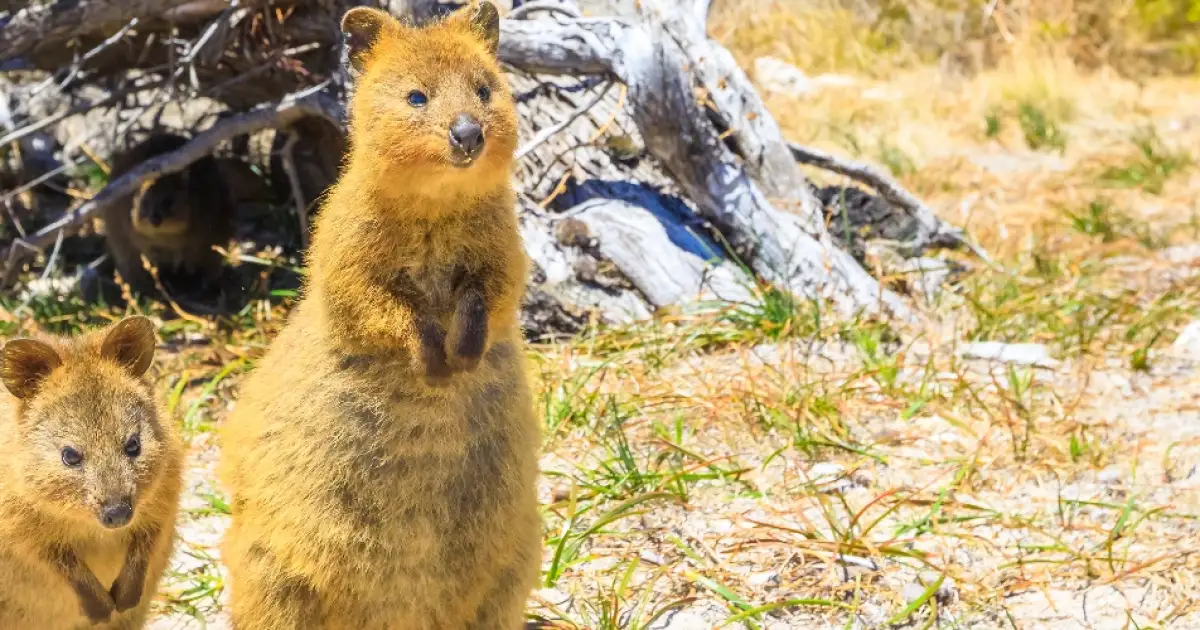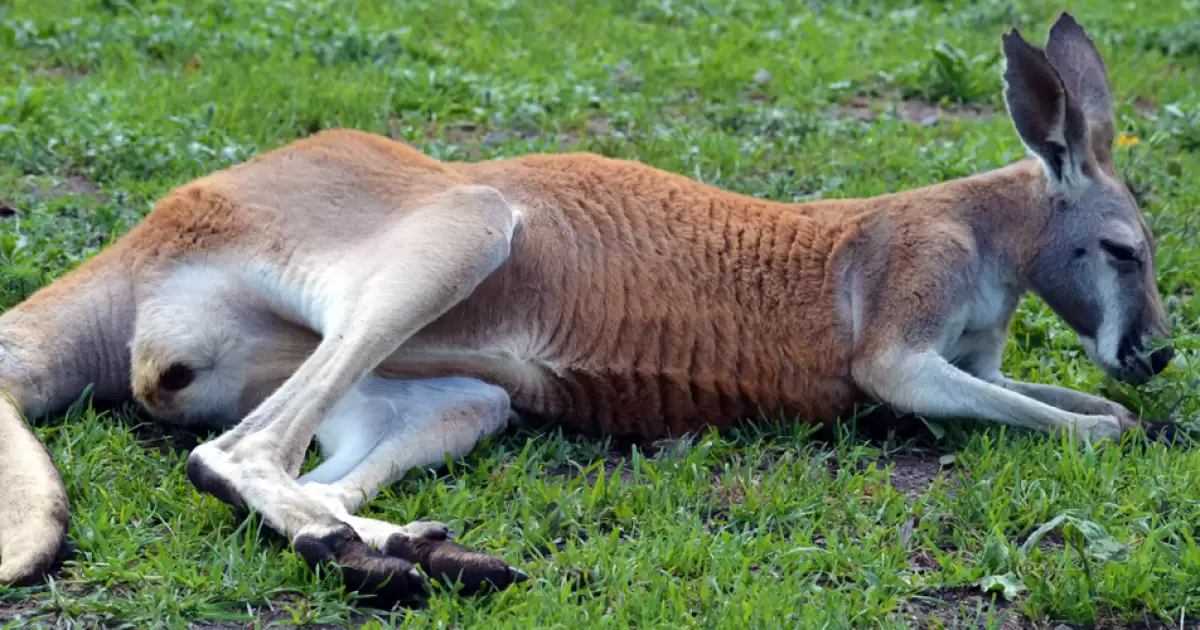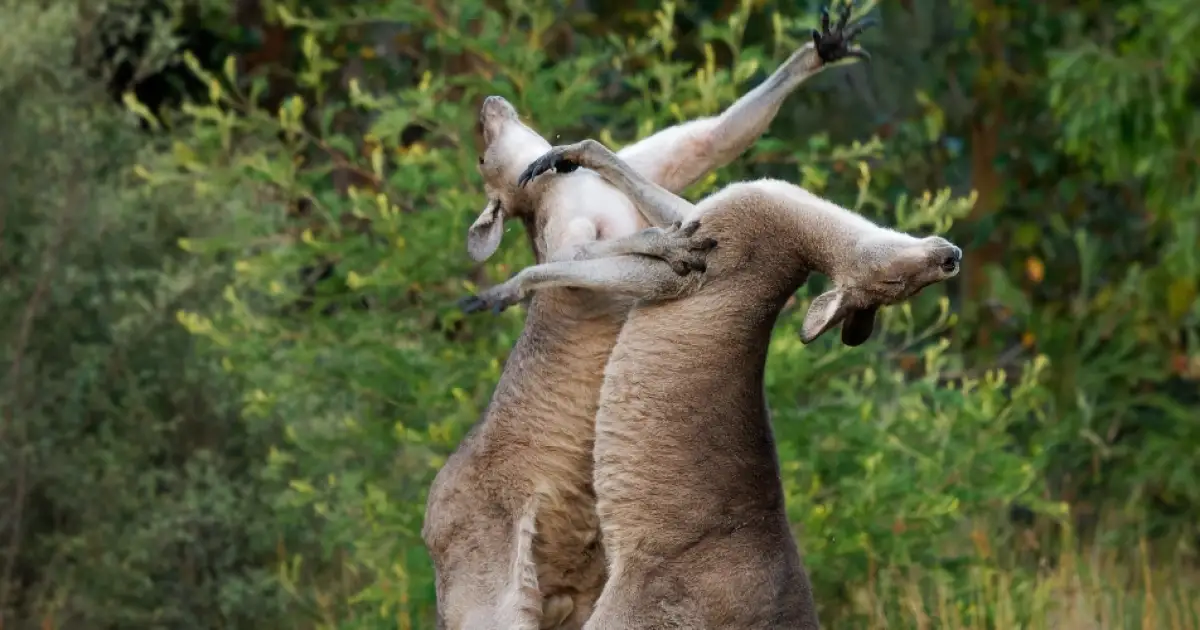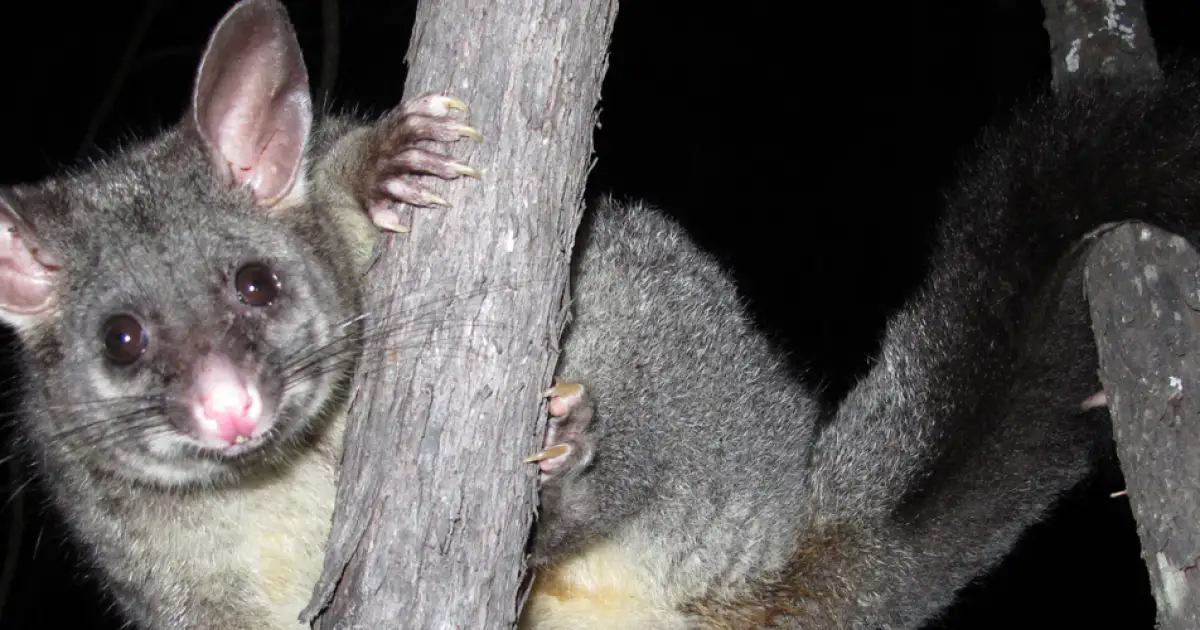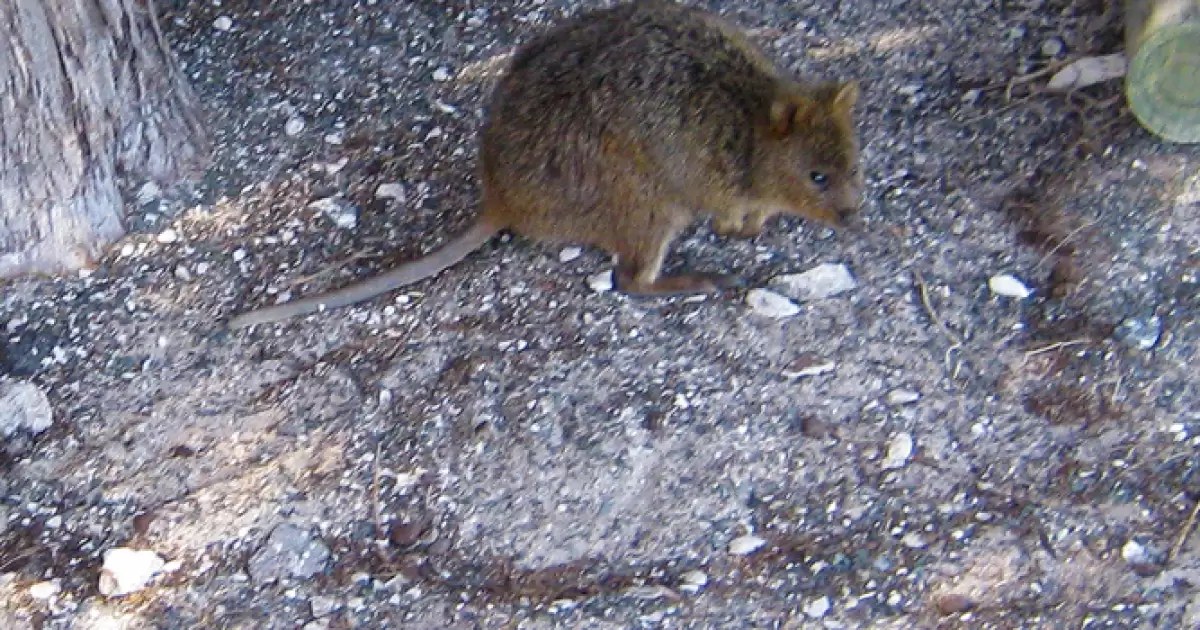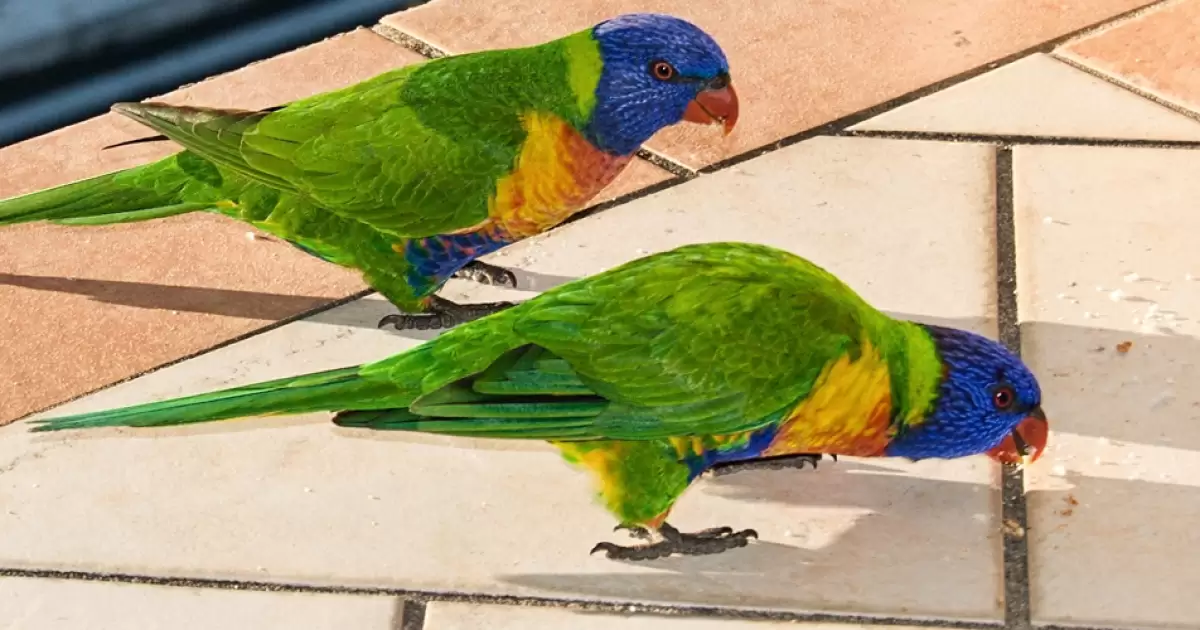If you’re planning a road trip across the Outback this winter, chances are that you’ll spot some wildlife along the way. It can be beautiful and majestic to see these creatures out in their natural habitats, but it can become dangerous if it leads to an accident. The most common wildlife-related accidents involve kangaroos and wallabies, which often sit close to the side of the road before suddenly crossing it right in front of a fast-moving vehicle. Here are some tips on how you can avoid collisions with wildlife while driving in Australia.
Driving in Australia can be an unpredictable experience and spotting a kangaroo on the road is not unheard of. If one should appear, it's important to know the right thing to do - brake but don't swerve! Swerving certainly won't decrease the chances of a collision, as it may confuse or startle the animal, causing it to dart unpredictably and increase the risk of crash. It's not just dangerous for us, but if we swerve we also stand a greater chance of hitting another vehicle as opposed to continuing straight on with brakes engaged. Ultimately, this will reduce any damage done and avoid any further complications which could arise from a major accident caused by swerving.
Be Aware of Your Surroundings
It’s always important to pay attention when driving, but especially so when you’re travelling through unfamiliar terrain like the Outback. Be aware of your surroundings and any potential hazards that may be present on or near the road, such as animals or debris. This will help you anticipate any sudden movements by wildlife and give you extra time to react should they occur.
Drive Slowly and Carefully
The speed limit is there for a reason – it is designed to keep everyone safe on Australian roads, both motorists and animals alike! Drive slowly and carefully near areas where there could be wildlife present; this will give you more time to spot them before they cross your path, as well as allow them more time to escape if they do startle unexpectedly.
Use High Beam Headlights at Night
Using your high beam headlights at night is especially important when driving through areas known for animal activity; this will help illuminate any wildlife crossing the road ahead. Make sure that other drivers have enough time to adjust their eyesight after seeing your headlights by quickly switching them back off after passing them. Be aware of other cars behind yours as well; if there is a lot of traffic then consider only using low beam headlights until it has cleared up a bit.
Driving around Australia during winter can be an amazing experience, one which may even include spotting some wild animals along the way! However, these encounters can also lead to dangerous situations for both motorists and animals alike if not managed properly. To reduce your risk of collisions with wildlife while driving in Australia, try being aware of your surroundings, drive slowly and carefully near animal habitats and use high beam headlights at night where possible. Following these tips will help ensure an enjoyable journey without any unwanted surprises!
Caring for our wildlife doesn't have to be an onerous task. Even just the smallest of actions can have a significant impact if it means an animal will be given a second chance at life. If you ever come across an animal that has been hit by a car, don't try handling it yourself - move it away from the road and contact a local veterinarian or wildlife rescue centre. They will have the know-how, sensitivity and resources to properly care for injured animals in the safest and most humane way possible. Taking action could be the difference between an animal's recovery or not, so don't hesitate to do your part!

